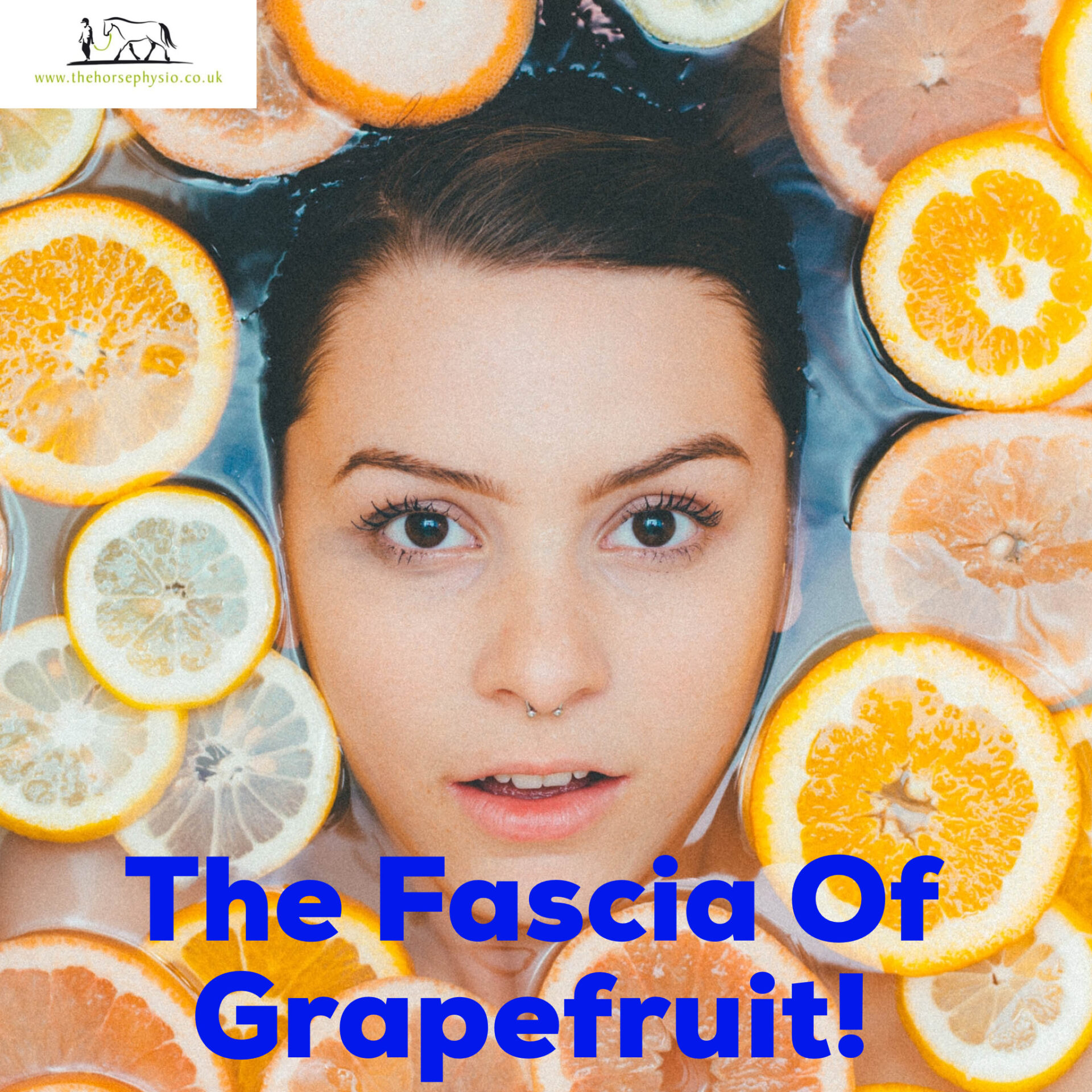“And ye who wish to represent by words the form of man and all the aspects of his membrification, get away from that idea. For the more minutely you describe, the more you will confuse the mind of the reader and the more you will prevent him from a knowledge of the thing described. And so it is necessary to draw and describe.” Leonardo De Vinci
On the theme of drawing and describing rather than using too many words, here are some links to a couple of videos giving information about one of my favourite tissues, fascia.
Fascia is a structure that I work with every single day to help the horses that I am treating. For years, it was dismissed as irrelevant, and in dissections the anatomists worked to clear it out the way so they could see the ‘important stuff’ underneath. Now we are learning more and more about just how important this incredible system of the body. It is a connective tissue which lies “beneath the skin that attaches, stabilizes, encloses, and separates muscles and other internal organs”.
Today’s blog was inspired by a course I attended recently with the College of Craniosacral Therapy, where we cut up a grapefruit to get an understanding of the different layers of fascia within the body. A quick search on YouTube led me to this video, which not only shows the grapefruit side of things, but also some incredible microendoscopic footage of living human fascia. These kind of images fascinate me. I marvel at how much and how little we can see in this world. I love to imagine how our musculoskeletal system is working at a deeper level, as well as how it functions as a whole.
This video, Fascia 101, is by Tom Myers of www.anatomytrains.com. You can get a free video, ‘How Fascia Moves’, if you sign up for the Anatomy Trains newsletter. I’ve signed up, and watched it, and done some of their courses, and got his book Anatomy Trains, and I highly recommend them all!
Watching ‘Stretching, Connective Tissue, Chronic Pain and Cancer’ is on my to do list. At 58 minutes long, you’ll need to put aside the time to watch this one, but I’m confident it will be worth it. The write up on Dr Helene Langevin includes “As the principal investigator of several NIH-funded studies, Dr. Langevin’s research interests have centered around the role of connective tissue in chronic musculoskeletal pain and the mechanisms of acupuncture, manual, and movement-based therapies. Her more recent work has focused on the effects of stretching on inflammation resolution mechanisms within connective tissue. She has authored more than 70 original scientific papers and is a fellow of the American College of Physicians.”
I’d love to hear your thoughts and experiences, especially in relation to stretching, movement, and fascia. Happy watching!
© Sue Palmer, The Horse Physio, 2021
Treating your horse with care, connection, curiosity and compassion
